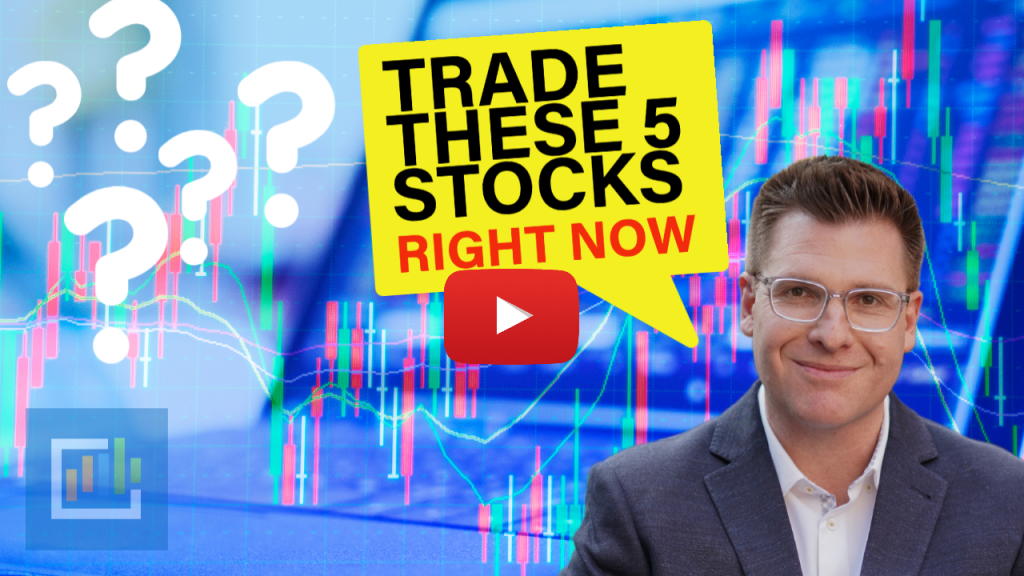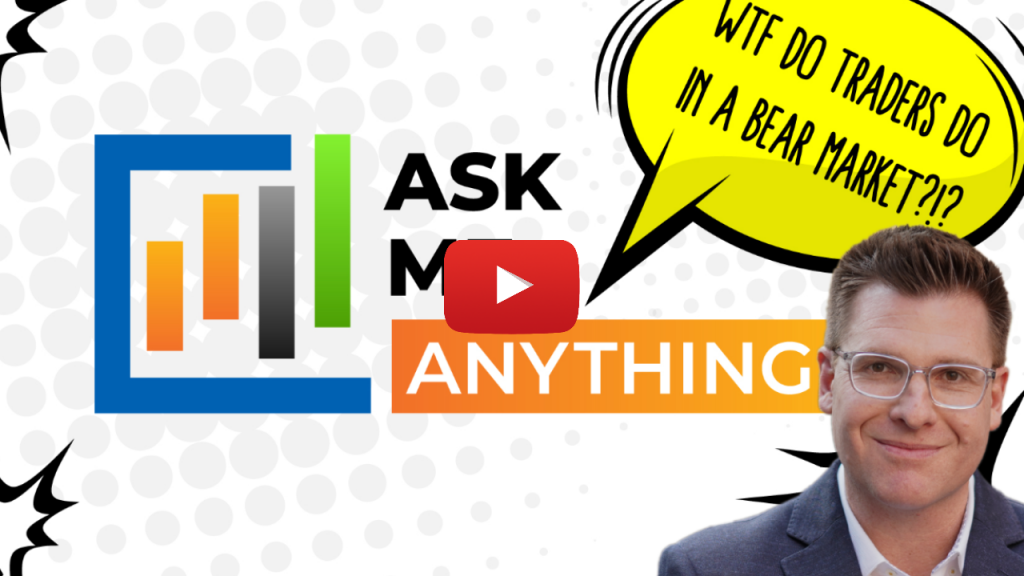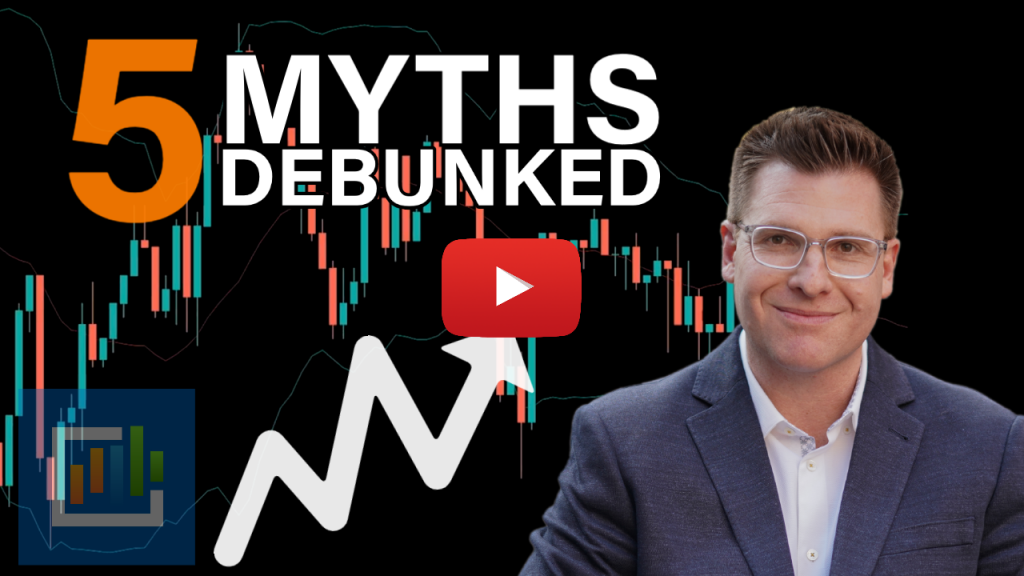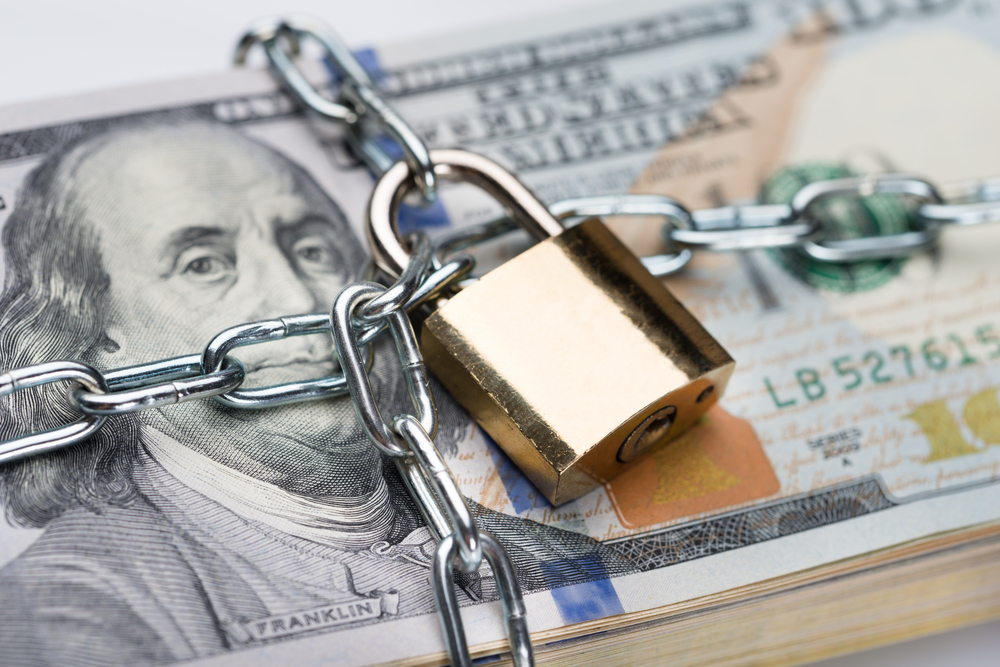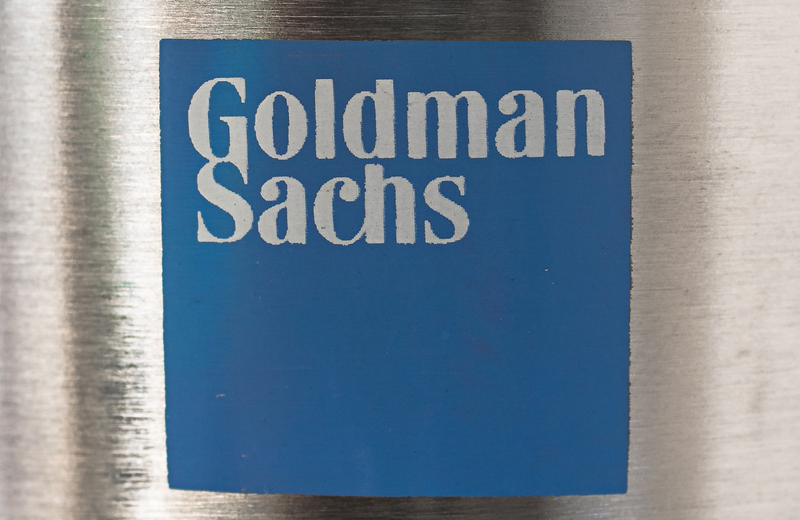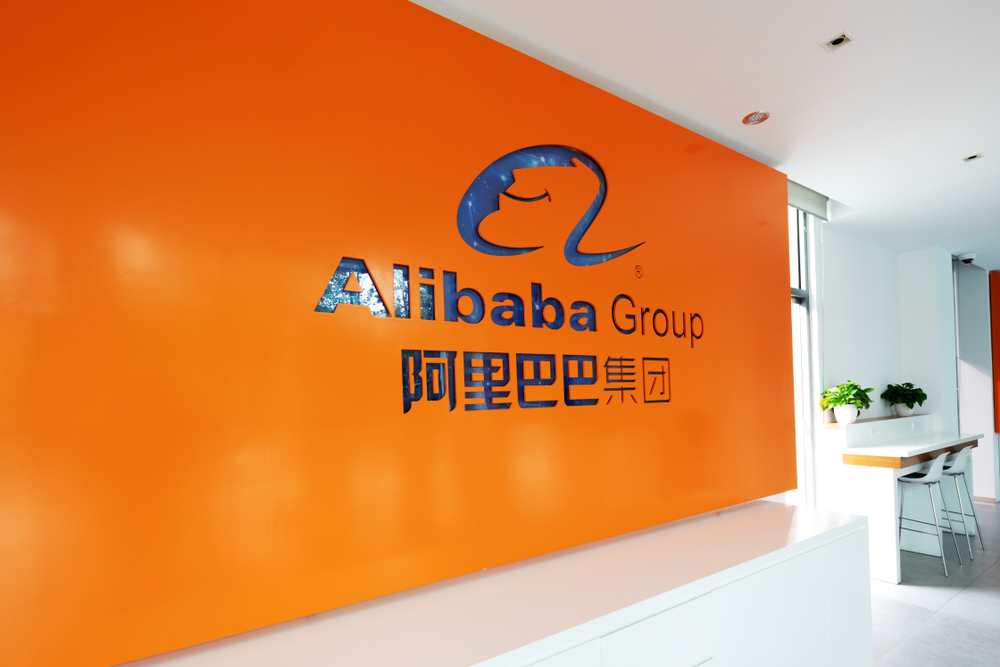Terminology
0-9 | A | B | C | D | E | F | G | H | I | J | K | L | M | N | O | P | Q | R | S | T | U | V | W | X | Y | Z
0-9
52-Week high/low: The highest (or lowest) price an investment has reached in the last 52 weeks.
A
After-hours trading: Investment trading after the market closes.
Ask: The price at which a seller is willing to sell.
B
Bear market: A prolonged decrease in investment prices. An investor is “bearish” if they think an asset’s value will decrease.
Beta: A measure of the volatility of an asset or portfolio compared with the market or other assets. A beta of one implies that the asset moves in the same direction and to the same degree as its benchmark.
Bid: The price at which a buyer is willing to buy.
Breakout: A technical indicator that shows an investment’s price has moved past previous resistance levels.
Breakeven price: The price that an underlying instrument must reach in order to produce intrinsic value in the option equal to the buyer’s cost of initiating the position. Calculating the breakeven price helps you make an intelligent decision about whether to buy the option.
Bull market: A prolonged increase in investment and market prices. An investor is “bullish” if they think an asset’s value will increase.
C
Call: An option (agreement) that gives the option buyer the right to buy an investment at a set price within a specific amount of time. Note: The call option buyer is not obligated to execute the option.
Cash account: Your securities account with a brokerage firm that you use to pay for your purchases in full.
Close: To exit the options market. When you sell an option, you are selling back to the market, telling your broker to resell it “to close.”
Commissions: Fees that brokers charge investors when buying and selling options and other investments. Many brokers have special deals on volume trades – if you can arrange it.
Covered call: A call where the writer already owns the stocks that he may find himself obligated to sell.
D
Day trading: Buying and selling investments within the same day. When the market closes, a day trader doesn’t have any open positions.
E
ETF: An exchange-traded fund (ETF) is a group of stocks or various investments.
Exercise: The act of buying or selling the underlying optioned material. You would not exercise an option unless it were a winning position.
Expiration: The last day an option can be exercised or offset. Make sure you know the exact expiration date of any option you purchase. Once an option has expired, it no longer conveys any rights and, in effect, ceases to exist.
Extrinsic value: The worth of the premium, represented by time and volatility as opposed to the option’s real, or intrinsic, value.
F
Float: The number of publicly traded shares that are available.
Form 4: The form that company insiders must file with the SEC when they buy or sell shares of the company in which they are designated as insiders.
Fundamental analysis: A way to evaluate an investment’s value by assessing related economic and financial factors.
H
Half Position: When you deploy half the capital you normally would for a trade.
Hedge: Any maneuver to protect capital or profits, either by buying or selling the underlying item or by using an option or derivative.
Hold: Continuing to hold what you have with whatever stops have been noted, while not selling off the position or adding to it.
I
In-the-money option: An option with intrinsic value. An in-the-money call option has a strike price below the current price of the underlying instrument. An in-the-money put option has a strike price above the price of the underlying instrument.
Intrinsic value: The portion of the premium representing real value. An option has intrinsic value if the difference between the market price and strike price would make the option profitable if exercised.
L
Landmine: A completely unforeseen event that moves a particular trade against you.
LEAPS: Long-Term Equity Anticipation Securities that can run up to three years in time. They are traded on various options exchanges and include stocks, stock indexes and other instruments traded on those exchanges. In effect, a LEAPS call is a substitute for the actual shares of stock during its life – if it is “in the money.” If it is “out of the money,” a LEAPS call may be considered a cautious way to control the price of a rising stock with limited risk over a very long time.
Limit order: A buy order to purchase an option at or below a specified price or a sell order to sell an option at or above a certain price. Use limit orders to minimize risk, but be aware there is no guarantee your option can be bought at the desired price.
Liquidity: The degree to which an investment can be bought or sold quickly. Higher trading volume tends to make an investment more liquid.
Lock in: Protecting gains. This can be accomplished with a trailing stop or by buying a protective, out-of-the-money option to act as a hedge and keep the door open to further profits if the trend continues.
Long: Buying an investment and hoping to sell at a higher price down the road.
M
Margin: This allows investors to borrow money to leverage their investment strategies.
Margin accounts: Good-faith deposits investors make to their broker when borrowing from the broker to buy securities and futures. Buying on margin exposes you to unlimited risk.
Market makers: Traders responsible for improving investment liquidity by facilitating buy and sell orders.
Market cap: The company’s total market value (stock price multiplied by number of shares outstanding).
Market order: An order to buy or sell an option at the market price, synonymous with telling your broker to “do his best” as quickly as possible. Using a market order means you have no control over your entrance or exit price, making your risk uncertain.
N
Naked call: The opposite of a covered call, where the writer does not own the shares they may become obligated to sell. Instead, the call is written against a cash deposit in a margin account.
O
Offset: Closing out a position in a previously purchased option by selling it in an offsetting transaction prior to expiration. This is done by exercising an option and immediately putting the just-acquired security back on the market, either by selling stocks gained from exercising a call or buying stocks sold in a put. This immediately captures the option’s intrinsic value and locks in profits.
Option: A financial instrument giving an investor the right, but not the obligation, to buy or sell a specific investment at a set price for a predetermined amount of time.
Out-of-the-money option: An option with no intrinsic value. That is, if you exercised the option, you would lose money on the difference between the market price and strike price.
P
Paper trade: Tracking options daily on paper, without actually investing any money in them. This is a good way to learn about premium movements as they relate to the underlying stock or future without risking any capital. Once you’ve paper traded for a while, you’ll be ready to start investing.
Premarket: Trading activity before the market opens.
Premium: The price you pay to open a put or a call. The premium is the sum of an option’s intrinsic value and time value. Premiums are arrived at in the open competition of buyers and sellers.
Put selling: Selling options to collect income while simultaneously obligating yourself to buy the underlying shares if they close at or below the strike price at or before expiration.
Put: An option (agreement) that gives the option buyer the right to sell an investment at a set price within a specific amount of time. Note: The put option buyer isn’t obligated to execute the option.
Q
QQQ: The Nasdaq-100 Index is commonly referred to as QQQ. It allows investors to buy a share of stock to invest in the most actively traded companies on the Nasdaq.
R
Resell: The act of selling an already bought option back into the marketplace, thus closing the position. Use the term “resell” so brokers will not make the mistake of selling (writing) an option in the subscriber’s “open,” instead of “closed,” account.
Resistance: A price level that is difficult for an asset to exceed due to increased selling pressure.
Risk-to-reward ratio: The amount of money at risk compared with the potential return.
S
Series: The range of strike prices available for an option.
Shares outstanding: The total number of shares a company has issued.
Short selling: Borrowing an investment, selling it and hoping the price drops so the investment can be repurchased for a lower price and then returned to the investment lender.
Sniper sell: A term we coined to represent our automatic, no-questions-asked sell price. For example, we may recommend an option for $2 and set a sniper sell at $4. In this example, let’s say news is released around lunchtime that pushes the option up to $4, but you don’t see an alert advising you to sell. In this case, do not wait. With the sniper sell already in place, you know to take your profits and sell. Overall, this move is a safeguard that works in your favor and allows you to maximize profits on any quick moves.
Spread: The difference between the bid price and ask price.
Support: A price level that’s hard to go below due to increased buying pressure.
Super-leverage: The art of using other people’s money to try to profit while maintaining limited risk at all times. The purchase of put and call options is one form of super-leverage.
Swing trading: Holding an investment position overnight or up to a few weeks before exiting the position.
Stoploss order: An order to close a position at a certain price if the market turns against you. A stop loss order becomes a market order if the price of the item hits the stop limit.
Strike price: The price at which the option gives you the right, or obligates you, to buy or sell the underlying shares.
T
Technical analysis: Predicting an investment’s price movements by assessing market price movements, patterns and trends.
Trading halt: When a stock halts trading for dissemination of potentially market-moving news.
Trailing stop: A stop loss order that automatically goes higher as an option moves up in price. This can lock in greater profits if the market reverses, but be aware that sometimes profitable trades may reverse, triggering the trailing stop, and then resume their upward move.
Trend: The direction of an investment’s price movement, such as an uptrend or downtrend.
U
Underlying instrument: The investment instrument an option gives you the right, but not the obligation, to buy or sell. The current price of the underlying instrument directly relates to the cost of the option, or its premium.
V
Volatility: The fluctuation in market price of the underlying security. Volatility can be a key factor in an option’s premium.
Volume: The number of shares that trade over a set time period.
W
Writer: An individual who sells calls and puts. The writer has an obligation to sell the stock (in the case of a call) or buy it (in the case of a put) if the buyer decides to exercise the option. All the money an options writer will make is known at the time the option is written: It consists of the premium received from the buyer, less the commission the writer pays his broker.
Learn how to solve a Rubik’s Cube with the easiest method, memorizing just a few tricks.
